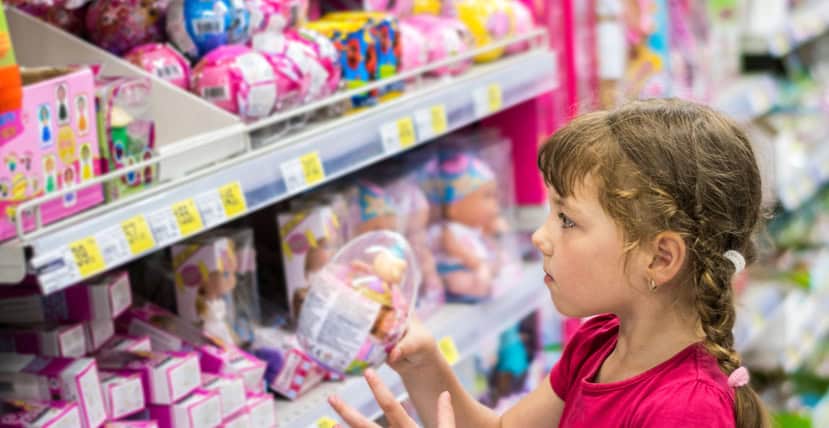Coming out of the COVID shutdown era, patent infringement litigation has been hot.
To be sure, there have been big headlines during the past couple of years, among them billion-dollar verdicts against Intel and Cisco in patent disputes. Although appeals and adjustments often occur, numbers that big don’t go unnoticed.
But IP lawyers also have been plenty busy with less sensational work. Giant verdicts often involve direct competitors and add in damages such as lost profits, but the vast majority of patent infringement cases end up with reasonable royalty damages. Such awards are considered compensatory, not punitive, and act as the baseline for potential awards in patent infringement cases.
They’re not insignificant. Reasonable royalty damages from 2019 to 2021 amounted to $6.1 billion, more than two-thirds of the total damages awarded during that period, according to Lex Machina’s Patent Litigation Report 2022.
However, the application of reasonable royalties involves art as well as science, and failure to grasp that can lead to critical missteps by both plaintiffs and defendants. Understanding some basic principles, as well as how legal strategies in this realm continue to evolve, is a vital tool.
Setting the scene
Several factors play into the flurry of patent infringement activity.
For one, we are not seeing major changes loom on the legal landscape, yielding a certainty that gives plaintiffs confidence to move ahead.
For another, those aforementioned giant verdicts have drawn outside attention — and money. Investors increasingly see patent litigation as a sort of business-formal goose that spits out golden paydays. They provide financial backing for other people’s lawsuits in exchange for a share of potential payouts. According to a survey by Bloomberg Law, such investors could have billions available for that purpose.
Many of the companies filing patent infringement lawsuits don’t actually make products and thus aren’t direct competitors of those they sue and are not vulnerable to offensive counter-attacks. Often, though, small patent holders don’t have the resources to tangle with big companies, so the involvement of well-heeled third-party investors dramatically alters the playing field.
There’s been some concern about the implications of third-party investors getting involved in lawsuits. Nonetheless, the combination of ready financing and no legal disruption in sight portends a steady stream of patent infringement cases.
However, patent laws are notoriously open to interpretation when it comes to compensation, and courts take varying views of the many legal strategies.
Winning advice: Let’s be reasonable
More than a decade ago, Microsoft and Uniloc were arm-wrestling in court over a patent related to preventing software piracy. After finding that Microsoft indeed had infringed on Uniloc’s patent, a U.S. District Court jury awarded $388 million in damages.
Fast forward, and the U.S. Court of Appeals for the Federal Circuit eventually decided that there had indeed been patent infringement, but it was not willful (a willful violation can mean triple the damages).
What makes that case relevant today is what the court said about the amount of damages a plaintiff can claim in such cases. At the time, a “rule of thumb” calculation for reasonable royalties was in vogue. With little regard for specific facts, the plaintiff could argue that it was reasonable to receive a royalty rate of 25 percent of the profits from the product.
The Federal Circuit called that method “fundamentally flawed” because it relied on an arbitrary figure that wasn’t sufficiently tied to the unique situation of the case. The court also was critical of Uniloc’s argument that it was only asking for a small percentage of the entire market value of Microsoft’s product. Mentioning that $19.28 billion figure — even though the patent played only a minor role — unfairly influenced the jury’s determination of reasonable royalties.
Faced with a new trial to determine damages, the parties ended up settling for an undisclosed amount — but the legal tango had cost them eight years in court.
Often, when situations reach litigation, we see plaintiffs or defendants fired up and wanting to stick it to the opposing party in whatever way possible. The allure of a high-dollar payout — or, on the defense side, of avoiding a payout altogether — can make it hard for cooler heads to prevail.
The arguments that have the best chances of success take an, ahem, reasonable approach, considering the big picture instead of getting hung up on obscure facts.
Current trends in reasonable royalty calculations
Calculating reasonable royalty awards involves both facts and — if you can believe it — imagination.
The parties are supposed to envision that they had met amicably, prior to any litigation, to discuss licensing the patent. They’re to consider the likely licensing agreement they would have reached, based on factors from that time such as their mindsets, financial situations, and similar deals. However, this exercise allows for a bit of the benefit of hindsight (i.e. whether the licensee’s use of the patent would go on to yield 10 sales or 10 million, or whether the patent holder was able to commercialize or successfully license the patent to other players in the industry in the future).
Often, this imaginary agreement envisions paying the patent holder a fixed fee or, if the facts support it, a certain percentage of each sale.
Traditionally, parties relied on the market comparable method: considering what the parties or other companies actually paid for similar technology at the time. Then, the “rule of thumb” method emerged, which courts ultimately frowned on because of its abstract, bloated calculations and separation from unique facts of the case.
In more recent years, we’ve seen a hybrid of the “rule of thumb.” That method, the “incremental benefits analysis,” considers the benefit that the infringed patent provided to the accused infringer. Plaintiffs often use this method to argue for a bit more money because the inquiry focuses on the commercial success of the alleged infringer, and less on the actual market value of the patented technology which are often associated with low license rates.
It remains to be seen what view the Federal Circuit ultimately will take; the argument hasn’t been thoroughly tested at that level.
For both plaintiffs and defendants, the key is to keep arguments tied to the specific facts of the case.
Regardless of the methodology employed, if plaintiffs exercise restraint, respecting the facts, accounting for the portion of technology a patent actually upholds, and considering how their arguments will look to a judge and jury, they stand a better chance of awards being upheld by the federal circuit. Obtaining a massive trial verdict that’s not sustainable is a waste of time and a years-long setback.
Meanwhile, defendants are inherently faced with an awkward posture, defending against allegations of infringement while simultaneously providing evidence regarding what the damages would be if they were found to infringe. It is true that if there is no infringement there are no damages, and this point should be shouted from the rooftops, but suggesting that there are no damages if infringement is found is not viable. The facts will tell a story, and that story needs to be developed through discovery. If the patent holder was never able to successfully use or license the patent, why was that the case?
Ultimately, litigation that doesn’t get interrupted or put on hold can last 18 months to two-and-a-half years; 80 to 90 percent of the time, the parties find it most beneficial to reach a reasonable settlement out of court. But in cases where one or both sides are not being reasonable, whether because of the constraints of litigation funding arrangements or greed or emotion, the path to a sustainable judgment is paved with the facts of the case.


